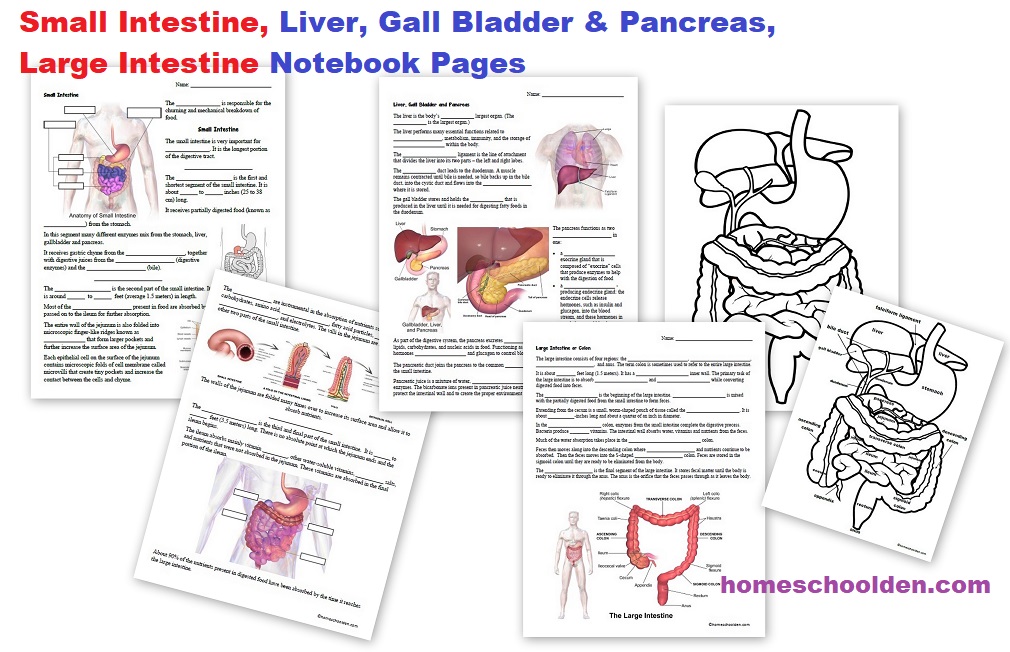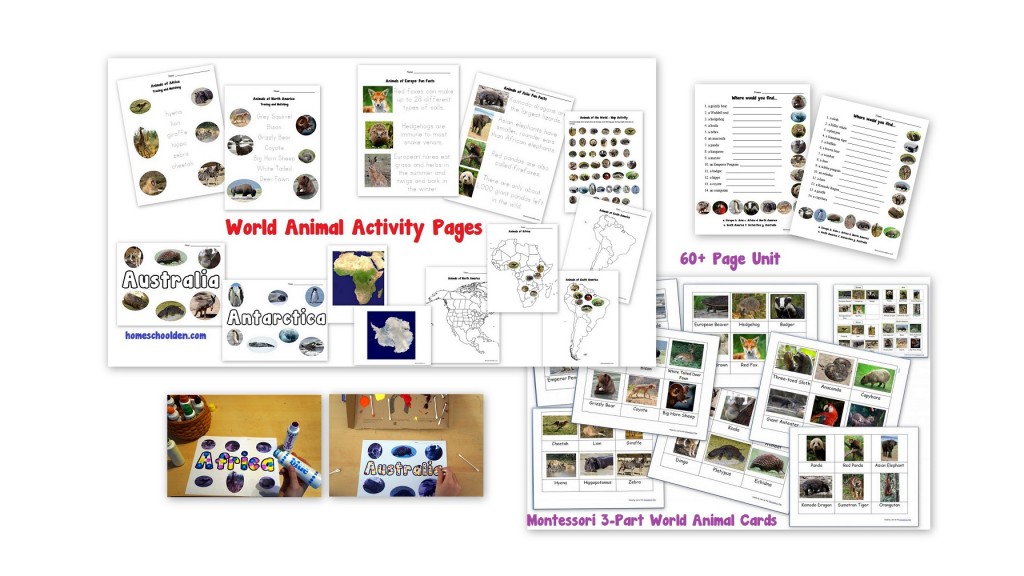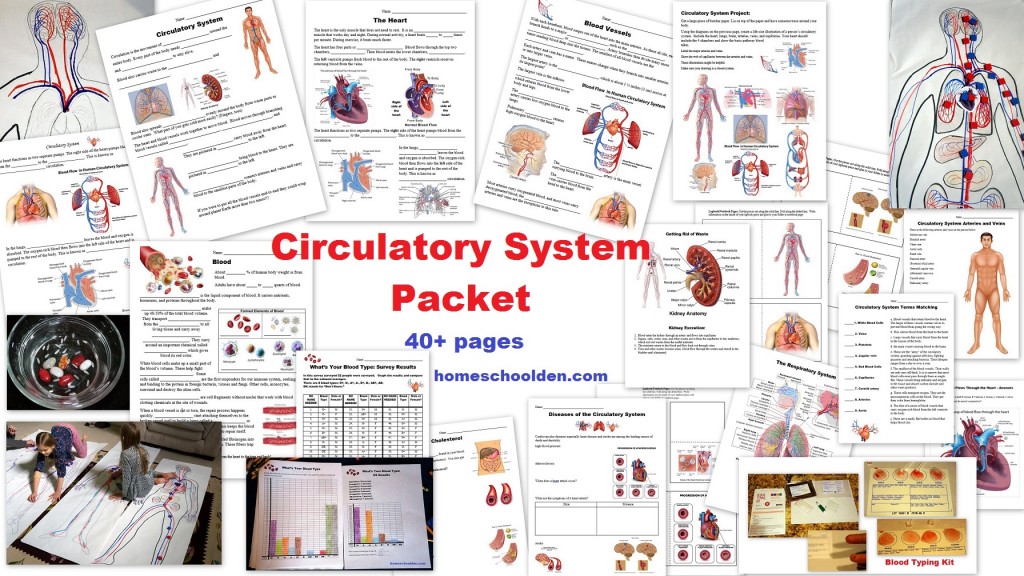Homeschool Science Year in Review (Grades 9, 7, 4)

Sometimes in the short-run it can feel like we’re not getting much homeschooling done. You know how our homeschooling can go… we’re interrupted for activities, illness, errands, appointments, or the occasional blahs. But then when we step back to look at the bigger picture, we’ve actually covered quite a bit. 🙂
This year my kids were in Grades 9, 7, and 4. We still do our science activities together. Sometimes I focus a little more on my youngest (which is review for my older two) and sometimes we dive deep into a topics (which is challenging and hard for my youngest). I try to keep track of what we’ve done and circle back around to things for my youngest when she’s a bit older and ready for that material again.
This year had some unexpected twists and turns. I’ll share a little bit about our journey in the first section below! 🙂 Reflecting back on the year, I think flexibility is still a key component of our homeschool journey!!
Before I dive into the year, I wanted to mention that I have a lot of posts that are similar to this one. You might want to visit the last couple of years posts as well and I’ll link to more posts like this (from when the kids were even younger) down at the bottom of this post:
Science Year in Review for Grades 2, 6, 8
Science Year in Review for Grades 2, 5 and 7
This year, I also did a TON of updates to our packets and I’ll highlight those as well at the end of this post. 🙂
And now here are some highlights from our school year!
|
Developing Plans for Grades 9, 7 and 4 (Yes, starting to homeschool a high schooler! Yikes!) My oldest started 9th grade this year. It felt momentous and scary. After all, he was now a 9th grader… a freshman in high school! Yikes! I felt like I needed to be more official and more public-school-ish. You know, covering one science subject for the entire year. My Sis (who has graduated two of her three homeschoolers and has one entering her senior year this coming year) tried to assure me that it didn’t have to be so overwhelming. “Just do things as you’ve been doing,” she advised me. “You’re all doing a great job.” Still,I felt like I had to change things up. Physics (Newton’s 3 Laws of Motion, etc.): Since we had done quite a bit with biology & chemistry, I thought I would jump into physics with my oldest. I chose a physics curriculum that said it was algebra-based (rather than calculus based). I worked with LD (separately) on that. We actually got through about 6 or 7 chapters. He said he learned a lot, but we did not finish the book (not by a long-shot!). We have plenty of time to circle-back round, of course. I am pretty happy with the Physics Curriculum we worked through. We’ll definitely pick up with it again (later). He covered Linear Motion, Projectile Motion, Newton’s First, Second and Third Laws and Momentum.
As homeschool life would have it, we took a slight detour! We wound up doing a Science Club with some other homeschoolers here at our house. So, this fall we did two other big units: Earth Science and Scientific Classification & Taxonomy. And… we supplemented those units with two (wonderful!) courses from Coursera. |
Earth Science:In our science club, we jumped into a study of Earth Science. We did a lot of hands-on activities as we talked about tectonic plates, faults, earthquakes, mountain making, volcanoes and more! You can see more about our science club in these posts, but I’ll also paste in few of our favorite hands-on activities from that unit! 🙂 We did a lot of activities with the other kids in our science club, but our family went into much more depth the other days. As I said, above we also watched the lectures in a course from the University of Illinois called Planet Earth…and You! taught by Dr. Stephen Marshak. It is released by Coursera, so is free to enroll in (if you select the “join for free” option). You’re probably asking yourself, “Yeah, but what about ED (my 4th grader)?” Well, she watched and enjoyed the lectures as much as my older two! (Yes, she insisted on watching with us!) Will she remember what a Phreatic eruption is? Maybe not, but I figure that we’ll return to this material again some day for her. It’s one of the great benefits of homeschooling… we have time to circle around to things again, but as long as our units are hands-on and engaging the kids will get what they can out of it. Here are some of the experiments we did last fall. You can find out more about our Earth Science Packet here.
|
Scientific Classification & Taxonomy
|
Digestive System
|
Life CyclesAs we moved into spring, my youngest, ED, was interested in doing a unit on life cycles again. She really likes doing little independent research writing assignments, so I created a series of writing papers for her. These were the original pages (I can’t remember if I took pictures of her finished work.) Since lots of kids study various animal life cycles in the earlier grades, I created a new Life Cycle Packet. It’s more than 50 pages and helps kids become familiar with the different stages in the life cycles of the chicken, sea turtle, frog, mosquito, butterfly, dragonfly, bee, mouse, and ladybug. |
Chemistry Unit
|
What we’re planning :
|
High School Biology Plans:This next year we’ll be doing biology. As I mentioned last week, we have started with Thinkwell’s Biology Course. It looks like a good fit so far. Here’s what I wrote last week: We are moving on to a more in-depth study of Biology this coming year (remember, LD is now 14 going on 15 and DD will be turning 13). We decided to use Thinkwell’s AP Biology Course. So far, we’ve done the first chapter and LD and DD are really enjoying George Wolfe’s lectures. We watch the lectures together and the kids work on the exercises (multiple choice questions) that go with that lecture. Each lecture is about 10 to 12 minutes long. You can try it for free for 14 days to see if it would be a good fit for your family. It’ll let you examine the first two chapters and all the videos. I think this will be a good fit for my older two kids (we’ve done a lot of science), but I’ll keep you posted!! (I’m glad we did the Chemistry Unit first, there was a section on isotopes and the kids totally understood that material!) Some of you may want to know that this course covers evolution in quite some detail. If you do decide to purchase a Thinkwell course, you can enter my email (Liesl@homeschoolden.com) “Referred by” field for an additional $10 off for you. I would get a referral reward (an Amazon card) if you use this option. We’ve done about 20 short lectures so far and my older two are enjoying it. George Wolfe, the instructor, is in the top right corner. Notes are added in the white board area (on the right). We’ll be using this course (I watch with the kids) as well as some other materials. My main suggestion (as I’ve noted so far) is that you’ll want to have covered some basic chemistry first. I’m glad we just finished the Chemistry Unit and talked quite a bit about isotopes, balancing equations, and so forth. |
Click here to save this on Pinterest:
I mentioned above that I did a TON of updates on our packets this year. I also made some combined bundles. You can find those in Our store.
Here are just a few of the new updates to our Science Packets
Note: If you already purchased any of these Packets you should have received an email from SendOwl (the automatic delivery service I use) a couple of months ago with the download link. If you missed that, feel free to email me and I will make sure you get that link again! You can use the contact form above to reach me. Liesl
Earth Science Packet: I added more than 50 pages to the Earth Science Packet this year! Including this interactive notebook page on the layers of the Earth:
Simple Machines: I added some new interactive notebook pages to the Simple Machines Packet.
Biology Packet: I added new pages on the food chain, food web and energy pyramid activities to the Biology Packet. Read more about it at this post: Food Chain, Food Web, Energy Pyramid Activities
Digestive System Packet:
I added in a lot of materials including the new flapbook


Animal Packet
I added in new pages on Animal Homes and Shelters:

World Animals Packet

It was a busy year for sure!
Disclosure: Please note that some of the links in this post are affiliate links, and at no additional cost to you, I will earn a commission if you decide to make a purchase. If you do use our affiliate links, thank you so much for supporting our blog! Warmly, Liesl
See you again soon here or over at our Homeschool Den Facebook Page! Don’t forget to Subscribe to our Homeschool Den Newsletter. You might also want to check out some of our resources pages above (such as our Science, Language Arts, or History Units Resource Pages) which have links to dozens of posts. You might want to join our free Homeschool Den Chat Facebook group. Don’t forget to check out Our Store as well. ~Liesl
You might be interested in these free checklists:
How do we know what science units to cover from year to year? I created a Homeschool Science Unit Checklist for Elementary and Middle School that I think about as we move from unit to unit. I have a general goal of what I’d like for the kids to have covered K to 8, but we’re also flexible and go off on tangents when it’s warranted! It many of the units we hope to cover in elementary and middle school.

Other Science Related Posts:
See the Homeschool History Units – Year in Review post here.
See our Biology BUNDLE here:
See our Earth Science BUNDLE here:
See our Human Body BUNDLE here:

































































































